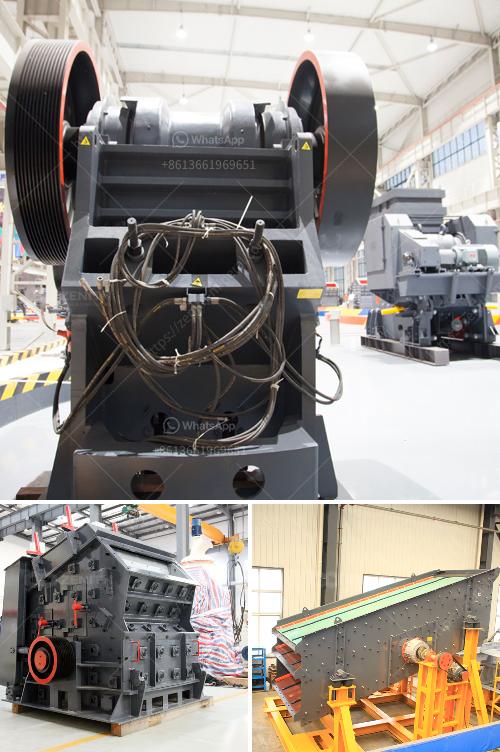Choosing the best installation for a crusher plant production and maintenance involves several key considerations that ensure optimal performance, reliability, and minimal downtime. Here are the steps and best practices:
Installation Steps for Crusher Plant
-
Site Assessment and Preparation
- Site Analysis: Conduct a thorough geological and topographical survey.
- Foundation: Ensure a robust foundation capable of supporting the plant's weight and vibrations.
- Accessibility: Ensure the site has easy access points for transportation and maintenance.
-
Plant Design and Layout
- Process Flow: Design a flowchart illustrating the crusher plant's processes.
- Space Allocation: Allow adequate space between equipment for easy maintenance and future expansions.
- Electrical Setup: Plan for sufficient power supply and backup options.
-
Equipment Selection
- Crusher Type: Choose the appropriate type (jaw crusher, cone crusher, impact crusher) based on material type and desired output.
- Capacity: Ensure the crusher equipment can handle the expected production rate.
-
Installation of Equipment
- Alignment: Properly align the equipment to ensure smooth operation.
- Securing: Anchor the equipment firmly to the foundation to minimize vibrations.
- Calibration: Calibrate machinery according to manufacturer's specifications.
-
Safety Measures
- Protective Gear: Ensure workers use appropriate PPE (personal protective equipment).
- Safety Signage: Display clear safety signage around the site.
- Emergency Protocols: Establish and practice emergency response procedures.
Maintenance Practices
-
Regular Inspections
- Visual Checks: Perform routine visual inspections for wear and tear.
- Operational Monitoring: Monitor operational parameters like temperature, noise, and vibrations.
-
Scheduled Maintenance
- Lubrication: Regularly lubricate moving parts to prevent wear and tear.
- Component Replacements: Replace worn-out components on schedule to avoid sudden breakdowns.
-
Cleaning and Housekeeping
- Debris Removal: Keep the plant clean and free from debris and material build-up.
- System Flush: Periodically flush systems to remove any contaminants.
-
Technical Upgrades
- Software Updates: Ensure any control systems are updated regularly.
- Modernization: Retrofit old machinery with modern, efficient components if needed.
-
Training and Documentation
- Staff Training: Regularly train staff on operating machinery and emergency procedures.
- Record Keeping: Maintain detailed records of maintenance activities for accountability and future reference.
Conclusion
Selecting the best installation and maintenance practices for a crusher plant involves meticulous planning, appropriate equipment selection, and stringent upkeep protocols. Ensuring all these measures are in place will greatly enhance productivity and ensure long-term reliability.
Would you like detailed recommendations for specific types of equipment or further elaboration on any particular step?

